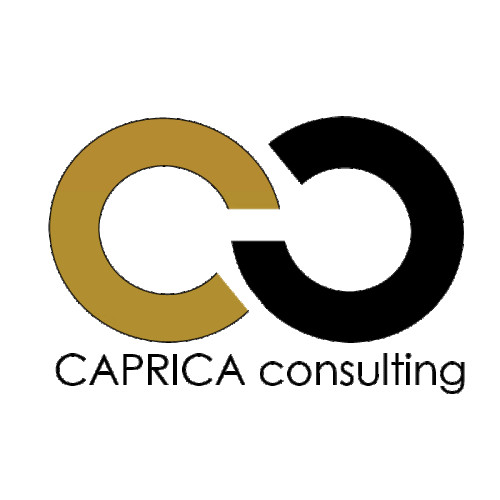What is it all about?
GINOP Plus 2.1.1-24 is one of the biggest opportunities for Hungarian innovators: a program designed to turn business ideas into real, marketable products and services. The call’s essence is that companies should not only research or experiment, but also deliver tangible results that create both economic and social value. Research institutes and universities can also be involved as consortium partners, allowing the business world and academia to jointly tackle the challenges shaping the market of the future. This is not just another funding scheme - it’s a true innovation competition, where only those will survive who can prove that their idea is more than just a concept.
Why was there such anticipation around GINOP Plus 2.1.1-24?
Because this call is one of the most important sources of innovation funding for Hungarian SMEs. When it was suspended earlier this year, many put their plans aside in disappointment. Now, however, it has been relaunched - but not in the same way!
The call starts with a massive budget of HUF 106.88 billion, allocated regionally and by application round:
- HUF 89.88 billion for less developed regions,
- HUF 17 billion for the developed region (Budapest).
This funding makes it one of the largest innovation financing programs in Hungary: it offers opportunities both for smaller developments and for billion-forint megaprojects. But it’s important to note that the money is not distributed all at once, but in phases – so those who delay may easily miss out, as the budget is gradually used up.
It’s also important to know that projects can be implemented throughout the entire territory of Hungary.
The big question: how much can you get?
In the previous call, the entry threshold was quite high: applicants had to request at least HUF 300 million, and the maximum was capped at HUF 800 million. This meant a narrow band where only companies with larger projects could really participate. The new scheme, however, splits the field in two: the “A” component allows entry from HUF 100 million up to HUF 600 million. This is a clear signal to smaller but innovative SMEs not to be afraid of applying. At the same time, the “B” component was introduced, with a minimum of HUF 600 million and stretching all the way to HUF 1.2 billion. This is the playing field of large-scale corporate developments – a real arena where only the biggest players dare to step in.
Who can apply now - and who’s left out?
The backbone of the call remains the same: SMEs and large enterprises are the main beneficiaries. The big change is not with them, but with the partners.
Previously, universities and research institutes were not among the eligible participants, meaning they could not be directly involved in the program. Now, however, the modification has opened the door: higher education institutions - if they are not run by public-interest trust foundations - can once again participate, but only as consortium members in a supporting role. Universities under foundation governance remain excluded.
This is a significant shift, as part of the research sector has regained the chance to participate. Businesses remain at the center, but state and private universities have been welcomed back in, while foundation-run institutions are still left outside.
Mandatory commitments: separate tracks for the “A” and “B” components
Previously, professional commitments did not distinguish between smaller and larger projects: even small-scale projects had to demonstrate revenue growth, often with unrealistically high expectations. Now, however, the logic has changed: mandatory revenue commitments are tied exclusively to large-scale “B” component projects, while smaller ones are exempt. This has lifted a huge burden from smaller innovators and clearly defines who has to perform at what level. Importantly, broad dissemination of project results remains compulsory regardless of the component.
“A” component (HUF 100–600 million)
Commitments here are lighter: no mandatory revenue generation, but projects must advance by at least one TRL level compared to their starting point.
“B” component (HUF 600 million–1.2 billion)
Here, more serious obligations apply:
- TRL requirement: the project must reach TRL7 by completion, and TRL9 (market-ready product) within two years.
- Economic performance commitment: the product or service developed must generate measurable revenue during the sustainability period, directly attributable to the supported development.
In addition, applicants must commit to intellectual property protection and obtaining accredited certification (ISO 56001:2024).
The big takeaway: it’s not only the funding ranges that have been split, but also the mandatory commitments. The “A” track gives smaller players more breathing room, while in the “B” track there is no wiggle room – only the strongest and best-prepared can succeed.
For more information or advice, please fill out our contact form.


